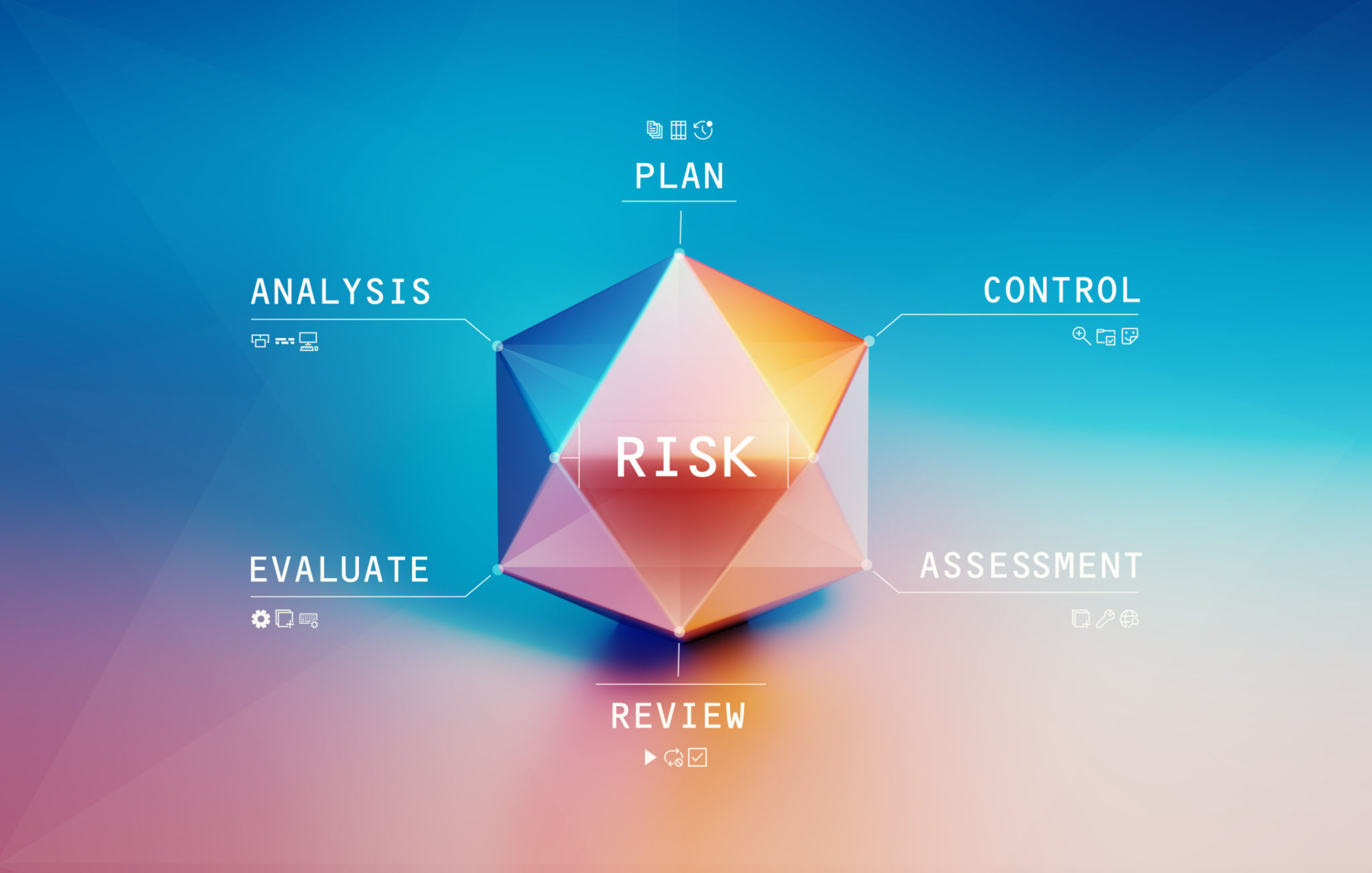Debunking Common Myths About Investment Risk Management Platforms
Understanding Investment Risk Management Platforms
Investment risk management platforms have become essential tools for investors and financial institutions. However, misconceptions often surround these platforms, leading to confusion and skepticism. By clarifying these myths, investors can better utilize these tools to enhance their investment strategies.

Myth 1: Risk Management Platforms Are Only for Large Institutions
One common misconception is that investment risk management platforms are only suitable for large financial institutions. In reality, these platforms are designed to cater to a wide range of users, from individual investors to small businesses and large corporations. They offer scalable solutions that can be tailored to the specific needs of any size portfolio.
Small investors can benefit significantly from these platforms, gaining access to sophisticated analysis and insights that were once reserved for large institutions. This democratization of financial tools helps level the playing field, empowering more investors to make informed decisions.
Myth 2: They Are Too Complicated for Average Investors
Another myth is that risk management platforms are too complex for the average investor to understand or use effectively. While the underlying technology can be complex, most platforms are designed with user-friendly interfaces that make them accessible to non-experts. Many offer tutorials, customer support, and educational resources to help users navigate the platform efficiently.

By providing intuitive dashboards and clear visualizations, these platforms simplify the management process, allowing users to focus on their investment strategies rather than getting bogged down by technical details.
Myth 3: Risk Management Only Focuses on Avoiding Losses
It's a common belief that risk management is solely about avoiding losses. In truth, effective risk management is about understanding and balancing risks to optimize returns. It involves identifying potential risks, assessing their impact, and implementing strategies to mitigate them while maximizing growth opportunities.
Risk management platforms provide comprehensive insights into market trends and potential hazards, allowing investors to make proactive adjustments to their portfolios. By embracing calculated risks, investors can achieve higher returns while maintaining a level of security.

Myth 4: All Platforms Offer the Same Features
Not all investment risk management platforms are created equal. Each platform offers a unique set of features and tools tailored to different types of investors and investment strategies. It's essential for investors to carefully evaluate their options and choose a platform that aligns with their specific goals and needs.
- Some platforms focus on real-time data analysis and market trends.
- Others offer advanced modeling and simulation tools.
- Many provide personalized recommendations and alerts based on user preferences.
By understanding the diversity of available features, investors can select a platform that best supports their investment journey.
Myth 5: They Guarantee Investment Success
Finally, it's vital to dispel the myth that using a risk management platform guarantees investment success. While these tools significantly enhance decision-making processes by providing valuable insights and data analysis, they cannot predict market movements with absolute certainty.
Investors should use these platforms as part of a broader strategy that includes sound research, diversification, and discipline. By integrating these tools into a comprehensive investment plan, investors can improve their chances of success while remaining mindful of the inherent uncertainties in the market.
In conclusion, debunking these myths allows investors to appreciate the true value of investment risk management platforms. By leveraging these tools effectively, investors can enhance their strategies, optimize their portfolios, and confidently navigate the complexities of the financial market.
